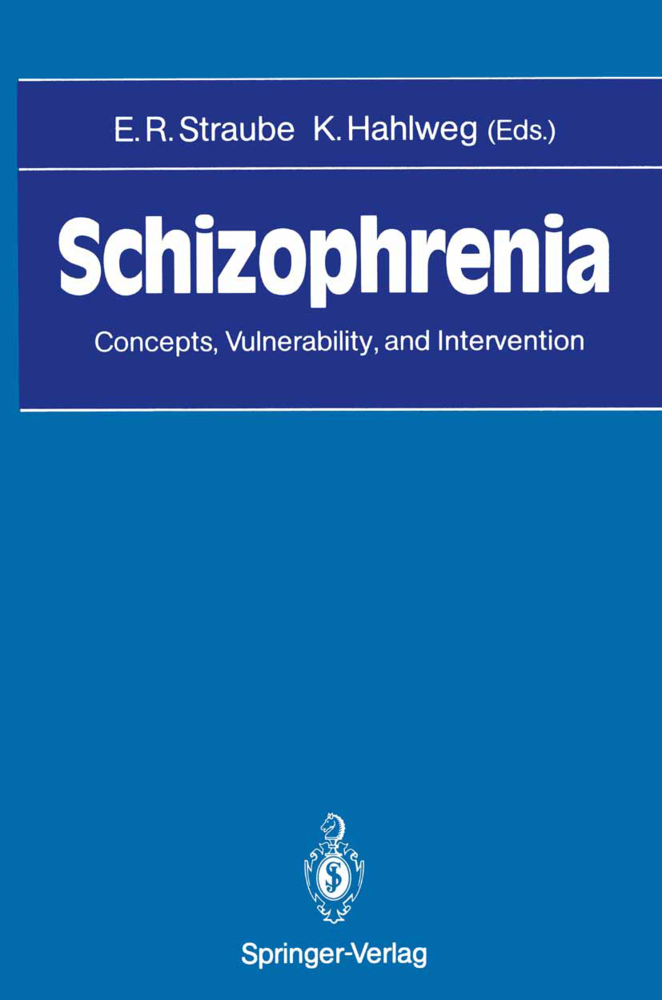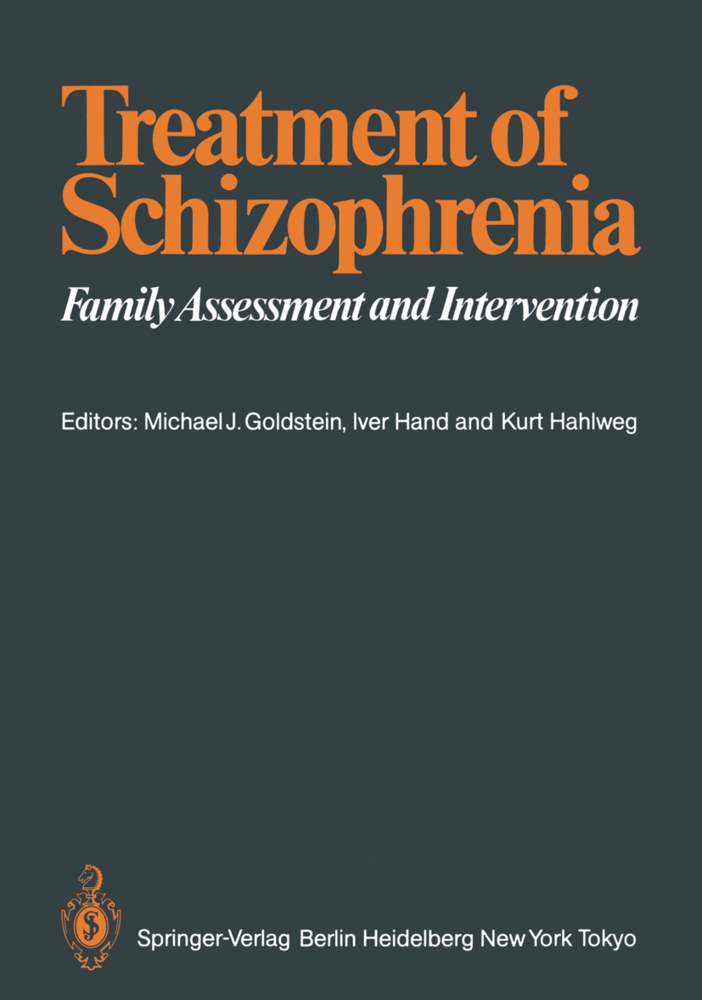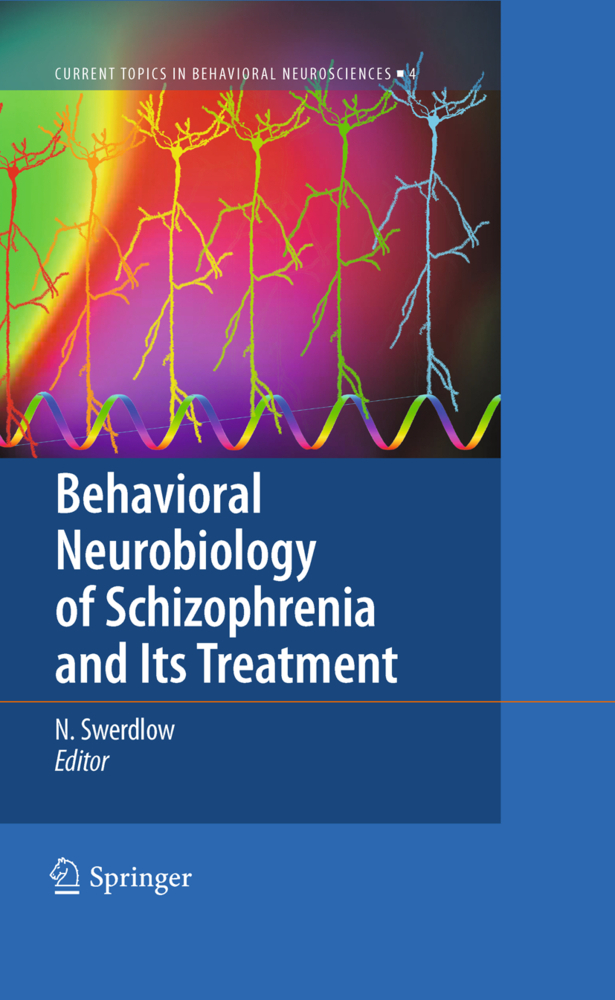Schizophrenia
Concepts, Vulnerability, and Intervention
Schizophrenia
Concepts, Vulnerability, and Intervention
Schizophrenia remains the most complex, puzzling, and because of its tendency towards chronicity, the most severe of the mental disorders. It is a very heterogeneous disorder characterized by extreme disruptions of thought, per ception, behavior, and emotion. About I % of the population worldwide will experience at least one schizophrenic episode. Most of the patients will have a number of exacerbations leading in about 30% of cases to a chronic residual state, due either to the illness itself or to psychosocial environmental factors, or-most likely-to the interaction of both. Given the enormous personal hardship for patients and their relatives as well as the staggering costs of the illness for our societies, research in schizo phrenia has become the number one priority in many countries, especially in the United States. However, research on the etiology of schizophrenia has failed to establish a single causal factor, and it is nowadays accepted to be multifactorial. A combjnation of biological predisposition and enviromnental circumstances is assumed to be necessary for the manifestation of the illness. This shift in orientation away from an either/or (biological or environmental, e.g., family interaction) point of view, as evident in the work of the 1950s and 1960s, was certainly desirable to encourage research.
The Copenhagen High-Risk Study: Major Psychopathological and Etiological Findings
II. Information Processing and Vulnerability
Information Processing and Schizophrenia
Similarities Between Information-Processing Abnormalities of Actively Symptomatic Schizophrenic Patients and High-Risk Children
Vulnerabilities to Schizophrenia: Information-Processing Markers
III. Psychophysiology and Vulnerability
Current Issues in the Application of P300 to Research in Schizophrenia
Functional Role of the Different Autonomic Nervous System Activity Patterns Found in Schizophrenia - A New Model
IV. Intervention Programs: Cognitive, Social, and Emotional Disturbances in Schizophrenics
Cognitive Treatment in Schizophrenia
Training Skills in the Psychiatrically Disabled: Learning Coping and Competence
Family Interventions in the Community Management of Schizophrenia: Methods and Results.
I. Psychopathology and Vulnerability
Psychiatric Concepts and TherapyThe Copenhagen High-Risk Study: Major Psychopathological and Etiological Findings
II. Information Processing and Vulnerability
Information Processing and Schizophrenia
Similarities Between Information-Processing Abnormalities of Actively Symptomatic Schizophrenic Patients and High-Risk Children
Vulnerabilities to Schizophrenia: Information-Processing Markers
III. Psychophysiology and Vulnerability
Current Issues in the Application of P300 to Research in Schizophrenia
Functional Role of the Different Autonomic Nervous System Activity Patterns Found in Schizophrenia - A New Model
IV. Intervention Programs: Cognitive, Social, and Emotional Disturbances in Schizophrenics
Cognitive Treatment in Schizophrenia
Training Skills in the Psychiatrically Disabled: Learning Coping and Competence
Family Interventions in the Community Management of Schizophrenia: Methods and Results.
Straube, Eckhart R.
Hahlweg, Kurt
| ISBN | 978-3-642-74310-8 |
|---|---|
| Artikelnummer | 9783642743108 |
| Medientyp | Buch |
| Auflage | Softcover reprint of the original 1st ed. 1990 |
| Copyrightjahr | 2012 |
| Verlag | Springer, Berlin |
| Umfang | IX, 244 Seiten |
| Abbildungen | IX, 244 p. |
| Sprache | Englisch |











